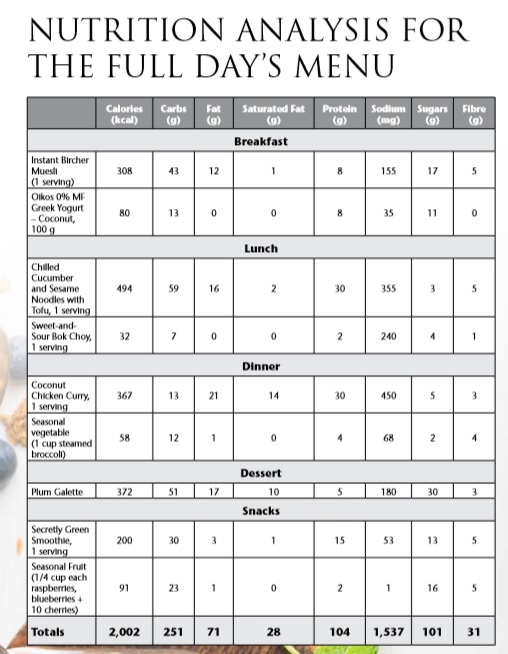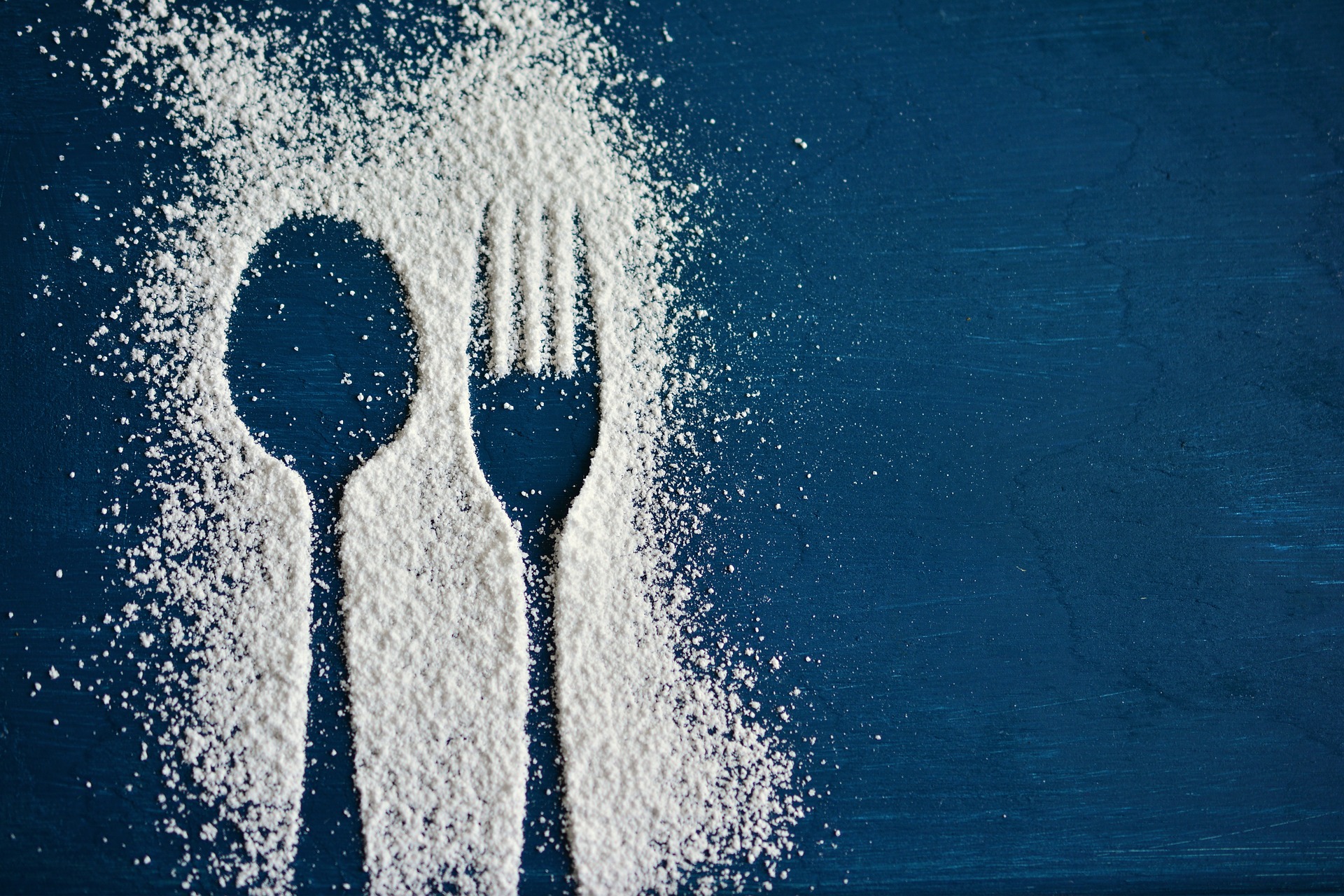The grueling wait for cooler heads to prevail in the global anti-sugar debate has left this dietitian short on faith that the fanning of the flames around the controversial topic of sugar intake will ever subside.
The annoying persistence of this subject as a marquee topic of discussion is only made worse by the pervasiveness of carbohydrate restricted diets and the inundation of anti-sugar propaganda in popular modern nutrition discourse that accompanies them.
Most of this sentiment is aimed towards the propping up of the aforementioned appeal of “low carb lifestyles”.
Now I have no issue with anyone out there who has found peace in consuming a diet that is low in carbohydrates, to each their own.
The issue I have, however, is with the notion that powerhouse food items such as legumes, fruit, sweet potatoes and so on should be widely omitted because they contain more than 5 grams of carbohydrate per serving.
Now that’s an extreme example, but still a salient one.
This issue also extends to the idea that a food we might otherwise consider healthy, is no longer a candidate for consumption because it has 4 grams of sucrose added to it.
Now those of you that know me will know that the middle of the line stance I am offering here is very much within my character, but what what you may not know is that my levelheaded approach to sugar is a direct result of the critical and objective analysis skills I learned as an intern at the Canadian Sugar Institute.
Working for A Place Called “The Sugar Institute”
Let’s roll back the clock about 3/4 of a decade to a time when “Andy The RD” did not exist, and in fact I was not an RD at all, just simply a dietetic intern/master’s student.
At that time, like many young nutrition students do, I naively thought that sugar was crap, to be avoided, and so on and so forth.
I thought to my self…. [Y]ea I will do this placement, but it will never change my mind on sugar.
As if I even knew what sugar was.
Ironically, the first thing you learn working there is to start using the term sugar(s) , which refers to all types of mono and disaccharides, rather than the term sugar, which refers exclusively to the disaccharide sucrose.
My time there taught me a great deal about objectivity and fairness in the face of assessing topics you may have preconceived notions about.
Now this does not mean that I freely promote cola and candy for all, or dispute that for some people these foods may be disruptive and problematic, rather I am trying to suggest that I am in a good place to calmly and objectively discuss the different forms sugars are found in and provide sane guidance on how a member of the general public might fairly approach each.
So why am I telling you all of this?
Well, sometimes the Canadian Sugar Institute staff miss me so much that they choose to sponsor my attendance at their events.
Some of you may even remember my sponsored post from a little while back where I demonstrated how and where a total of 100 grams of sugar(s) could easily fit into a healthy day of eating.
100 Grams Of Sugars A Day?!
Yes, 100 grams of sugar a day.
On August 27th I was among colleagues at an event hosted by The Canadian Sugar Institute featuring superstar Canadian chef Clare Tansey, who led us through a demonstration of a full day of eating (breakfast, lunch, dinner AND dessert) that showed just how balanced and delicious a day’s worth of eating that contains 100 grams of sugars can be.
For those that may not be aware this 100 grams per day figure comes from Health Canada’s new food labeling regulations which apply a %DV on sugars that equates to 100 grams a day (which represents 20% of calories from the standardized 2,000 calorie number they utilize for these calculations).
Two things to keep in mind before we move on to the menu Chef Tansey put together:
1. “Sugars” refers to total sugars, and includes all monosaccharides (e.g. glucose, fructose) and disaccharides (e.g. sucrose, lactose) naturally present in fruits, vegetables, and dairy sources, plus sugars added to foods and beverages (e.g. table sugar, honey or syrups).
2. According to Health Canada, this 100 g Daily Value is not a recommended level of intake. Instead it is the amount of total sugars that is consistent with a healthy eating pattern.
100 Grams Of Sugar(s) – Gourmet Style
The images below serve to support the general sentiment in today’s article that a nutritionally dense and wonderfully balanced and diverse day of eating, and the presence of sugars, are not mutually exclusively, no matter how passionately your favourite ketogenic influencer tells you otherwise.
Enjoy!





Andy De Santis RD MPH



